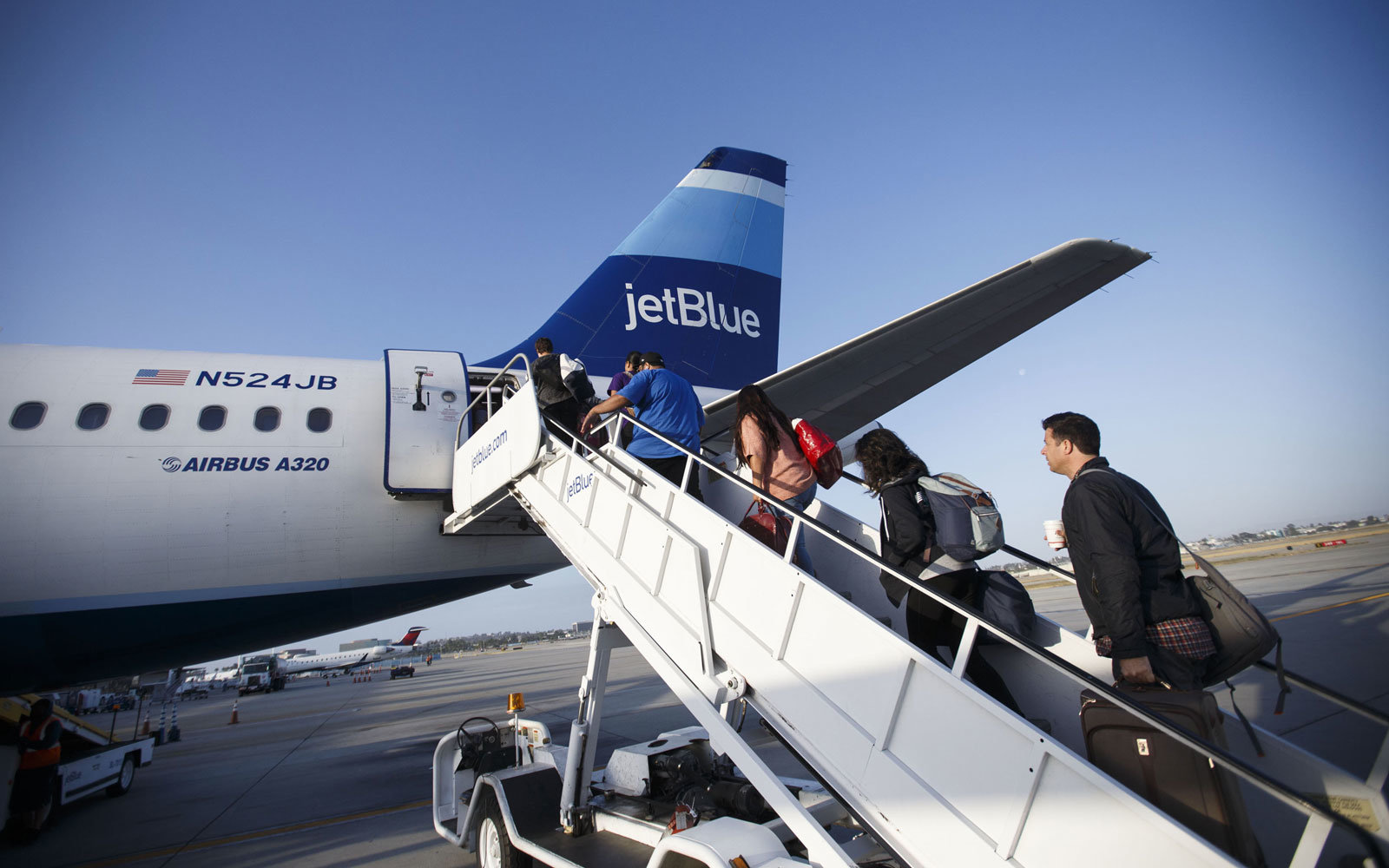This post may contain affiliate links. We may earn money or products from the highlighted keywords or companies or banners mentioned in this post.
10 hours ago

The International Air Transport Association (IATA) revealed that five airlines have recently successfully completed stages of the IATA Environmental Assessment (IEnvA) program.
IEnvA is an innovative, voluntary, two-stage evaluation process designed to drive airline environmental performance improvements through independent assessment.
Finnair and South African Airways have completed the IEnvA Stage 2 assessment, the highest level of IEnvA achievement. This ensures that an airline has implemented all of the IEnvA Program Standards, identified and mitigated its significant environmental impacts, and has set performance targets. Stage 2 also certifies that an airline has developed processes for monitoring and reviewing its performance against its environmental targets and objectives.
Icelandair, Qatar Airways and SriLankan Airlines have completed IEnvA Stage 1 which ensures an airline has established a foundation and framework for its environmental management system. Stage 1 also certifies an airline has identified and complied with its environmental legal requirements.
These five airlines join a growing number of carriers that have already successfully completed IEnvA Stage 1 Assessments, namely Air Transat, Kenya Airways, LATAM, LATAM Cargo and Malaysia Airlines.
ADVERTISEMENT
“In addition to safety, environmental responsibility is the highest priority for the industry. The new IATA Environmental Assessment sits alongside our industry-wide carbon-reduction targets as a program for ensuring airlines not only meet, but also exceed their day-to-day operational environmental obligations and performance”. said Tony Tyler, IATA’s Director-General and CEO.
“Our congratulations to Icelandair, Qatar Airways, and SriLankan Airlines for completing Stage 1, and I would particularly like to commend Finnair and South African Airways for being the first to complete the Stage 2 assessment. These airlines are among the pioneers in this critical new program. IATA’s audits and assessment schemes are impartial, independent evaluations designed to improve industry performance against global benchmarks.
“The IATA Operational Safety Audit has done much to help improve airline safety and we expect that the IEnvA will do the same for environmental standards,” added Tyler.
The IEnvA program uses environmental standards and recommended practices developed specifically for the aviation sector by a joint team of environmental experts from within and outside the industry. These are based on recognized environmental management system principles, such as ISO 14001. Assessments are conducted by accredited independent organizations with competencies in aviation and environmental auditing.
IEnvA has been developed in conjunction with airlines so that it addresses industry needs and specific concerns. IEnvA assesses environmental performance against sustainability standards across a broad range of disciplines, including (but not limited to) the management of air quality and emissions, noise, fuel consumption and operational efficiency, recycling, energy efficiency, sustainable procurement, and biofuel utilization.
As a result, IEnvA helps airlines to simplify regulatory compliance, demonstrate good governance and achieve financial savings from the better use of resources. The Program adopts a modular approach, initially focusing on flight operations and corporate activities at a global level with later expansion into other activities including catering, ground operations and maintenance, repair and overhaul (MRO).
The IEnvA Program is complementary to the aviation industry’s four-pillar strategy for addressing climate change impacts. In 2009 the industry agreed to cap emissions through carbon-neutral growth from 2020, and cut net emissions by 50% (compared to 2005) by 2050, through a combination of technology and operations improvements, better use of infrastructure, and the implementation of a global market-based measure.
Powered by WPeMatico











